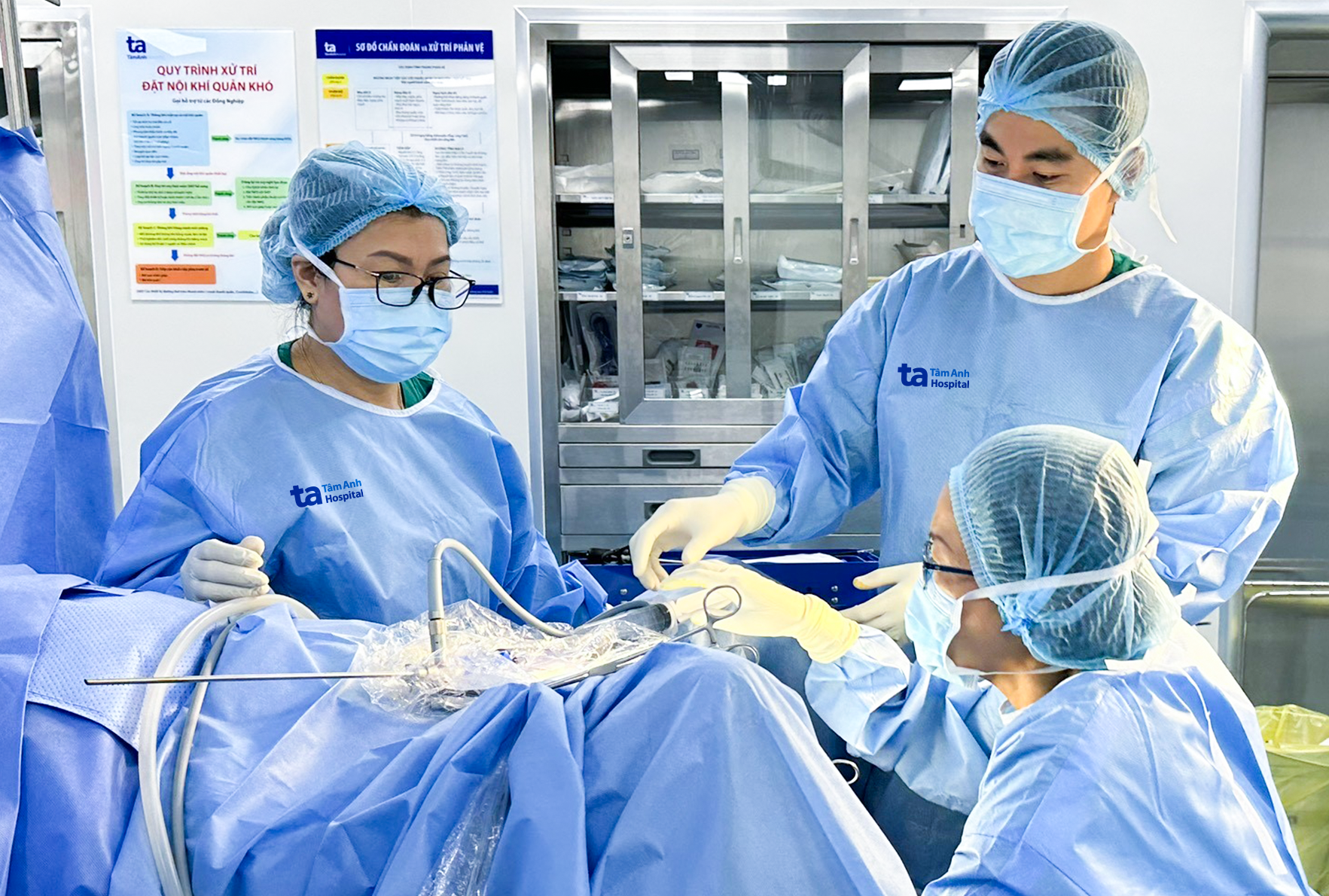Why are the two test results different? Am I at risk for cancer? (Ngan Pham, Gia Lai)
Answer:
Pap and HPV tests are commonly used together to screen for cervical cancer. The Pap test identifies abnormal cervical cells that could potentially develop into cancer. The HPV test detects the presence of the human papillomavirus (HPV), the primary cause of cervical cancer. There are over 200 HPV types, 14 of which are considered high-risk for causing cancer: 16, 18, 31, 33, 35, 39, 45, 51, 52, 56, 58, 59, 66, and 68.
It's possible to have a normal Pap test result while testing positive for high-risk HPV types, such as 16 and 52, as in your case. One possibility is that the HPV has not yet caused cellular changes in the cervix detectable by the Pap test. However, over time, HPV can progress, and the cervical cytology results may change. Another factor is the sensitivity of the Pap test, estimated at around 70%. Therefore, a normal Pap result might not fully reflect the current situation, and a repeat Pap test may be necessary.
The "white patch" observed on your cervix during the examination indicates a visual abnormality. A biopsy is the next step to evaluate the tissue and determine if there are changes such as inflammation, cervical lesions, precancerous lesions, carcinoma in situ, or more advanced stages of cancer.
Repeating the Pap test after a positive HPV result is crucial. The timing depends on individual factors, age, and previous results. Doctors typically recommend repeating the test after 6 months or a year, based on the previous Pap result and the biopsy findings. It's worth noting that approximately 85% of women have had at least one HPV infection in their lifetime. With a healthy lifestyle and a positive mindset, the body can naturally clear HPV in up to 90% of cases.
 |
Doctor Nguyen Huy Cuong (center) and the medical team prepare for a cervical conization surgery to treat cancer. Photo: Tue Diem |
While there is no specific treatment for HPV, some therapies can support the body's ability to clear the virus. Women infected with high-risk HPV types have a higher risk of developing cellular changes that can lead to cancer. Regular check-ups are essential for early detection of any cellular abnormalities and timely intervention.
Doctor Nguyen Huy Cuong
Center for Obstetrics and Gynecology
Tam Anh General Hospital, TP HCM
| Readers can submit questions about obstetrics and gynecology here for doctors to answer. |












